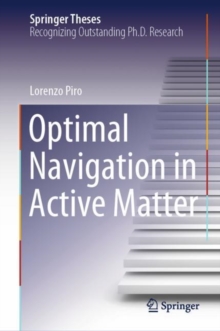
Relativistic Dissipative Hydrodynamic Description of the Quark-Gluon Plasma PDF
by Akihiko Monnai
Part of the Springer Theses series
Description
This thesis presents theoretical and numerical studies on phenomenological description of the quark-gluon plasma (QGP), a many-body system of elementary particles.
The author formulates a causal theory of hydrodynamics for systems with net charges from the law of increasing entropy and a momentum expansion method. The derived equation results can be applied not only to collider physics, but also to the early universe and ultra-cold atoms.
The author also develops novel off-equilibrium hydrodynamic models for the longitudinal expansion of the QGP on the basis of these equations. Numerical estimations show that convection and entropy production during the hydrodynamic evolution are key to explaining excessive charged particle production, recently observed at the Large Hadron Collider. Furthermore, the analyses at finite baryon density indicate that the energy available for QGP production is larger than the amount conventionally assumed.
Information
-
Download - Immediately Available
- Format:PDF
- Publisher:Springer Japan
- Publication Date:20/01/2014
- Category:
- ISBN:9784431547983
Other Formats
- Hardback from £81.69
- Paperback / softback from £61.89
Information
-
Download - Immediately Available
- Format:PDF
- Publisher:Springer Japan
- Publication Date:20/01/2014
- Category:
- ISBN:9784431547983










